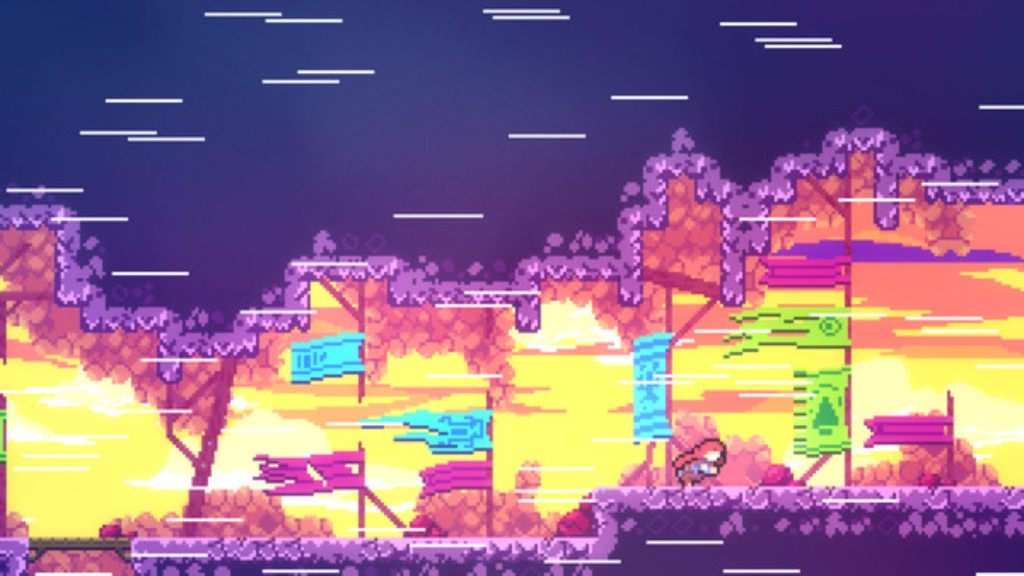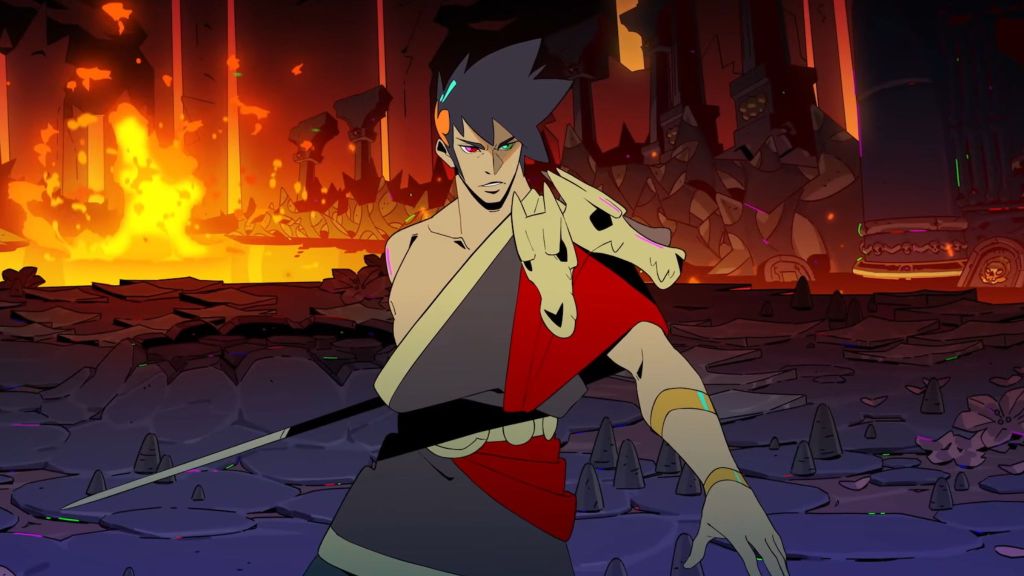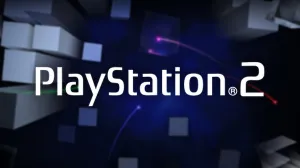Video games have grown in audience for years, and as the wider public enjoys more and more games, it becomes more important than ever that those with different capabilities are able to enjoy games equitably. It’s up to developers to find a balance between modular and variable accessibility options that still allow for a challenge, but one that suits the capabilities and preferences of the specific player. This is obviously a daunting task, but here are five games that pass this test with flying colors.
Videos by ComicBook.com
1. Another Crab’s Treasure

Another Crab’s Treasure is a cute Soulslike from developers Aggro Crab, and despite the genre that inspired it, it’s proof that it’s possible to make a challenging Soulslike that includes accessibility options. For those who enjoy a more challenging game, the base level of difficulty will be a fun romp for soulslike vets, but for those newer to the genre, the game includes a bevy of difficulty and accessibility modifiers to change up the experience.
What’s most notable about Another Crab’s Treasure‘s approach to accessibility is the message it sends to players that need it. Many games like Dark Souls discourage players from turning on accessibility features or deviating from the intended gameplay experience, but Another Crab’s Treasure‘s message is just a bit different. When a player modifies the difficulty, they receive a popup that reads: “Another Crab’s Treasure is meant to be a challenging game. But everyone plays their own way! If the game’s difficulty is harming your fun, feel free to turn on some of these options to make things a bit easier.” This message tells players that their experience of the game, and their enjoyment by extension, is valuable to the studio. This is a truly excellent approach to accessibility that’s a relief to see.
2. The Last of Us Part II

Not only does The Last of Us Part II offer control rebinding, but it also offers over 60 different gameplay customization options that accommodate all sorts of visual, audio, and physical differences that players might need. Its vision accessibility preset enables settings to increase text scaling, increase aim assist, puzzle assistance, and much more, offering players with visual limitations a way to still play the game. Its hearing and motor accessibility presets do much of the same things, and each individual setting is independently available to boot.
3. Celeste

Celeste is a game known for its difficulty, but it’s also known for its claims to accessibility leading up to its release. When the game first came out in 2018, its only accessibility feature was a Photosensitive Mode, which is very important, but barely touches the surface of what a truly accessible game looks like. However, Celeste has gained a bevy of new options since then, from screen-shake-disabling to a wide variety of difficulty modifiers that allow players of any skill level or capability to enjoy Celeste‘s story and beautiful visuals.
While the challenge is part of what makes Celeste so beloved, its story is also a huge part of why it’s such a cult classic. For those who want to experience the story of Madeline and Celeste Mountain, the difficulty modifiers mean there is no barrier to the story Celeste tells. Those players who like the challenge can play the game at its base difficulty, but those who don’t like the challenge are provided equal access to Celeste‘s world.
4. Hades and Hades II

While these are two different games, Hades and Hades II are both excellent examples of games that meet the player where they are. Both feature an adaptive difficulty setting, called God Mode, that makes the game slightly easier in small ways each time you die. Rather than the God Mode in most games, the God Mode in the Hades games incrementally makes the game easier. Eventually, the player and game will meet in the middle so that the player is always facing something just a bit harder than they’re capable of, rather than making it too easy. Hades and Hades II are great examples of one of the smallest ways studios can make their games more accessible without sacrificing the studio’s vision for the gameplay experience.
5. Forza Horizon 5

For a car racing game, Forza Horizon 5 includes some of the most in-depth accessibility of all. It’s got some of the more usual suspects—UI customization, one-touch driving assistance, and text-to-speech are some of the most notable—but where it really blows other games out of the water is its sign-language interpretation in cutscenes. That’s right; Playground Games didn’t stop at subtitling its cutscenes, they’ve included a sign-language option for those who speak it as a first language.
It’s not something many hearing people would consider, but many nonhearing folks “speak” sign language as their mother tongue, and reading subtitles in English can be just as tiring as it would be to read something in a foreign language would be for hearing people. Having sign language in the cutscenes allows sign-speakers a break from the reading and gives them a chance to interface with the game in their native language—a trend that would allow more and more sign-language-speakers to enjoy games equitably.









